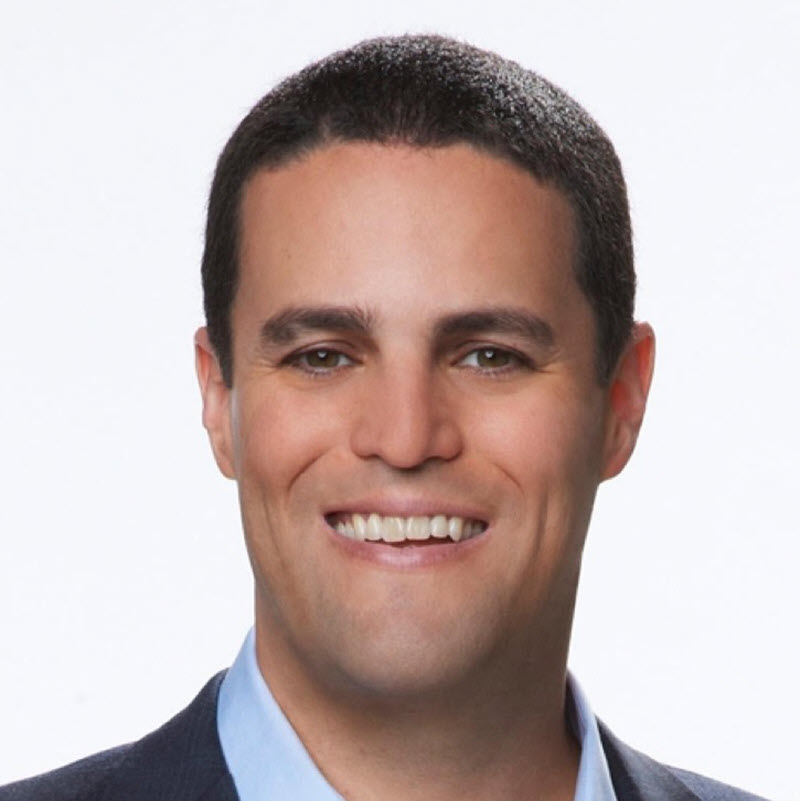With the Incumbents Struggling, Are We Living in the Post-Measurement Era?

"It’s a question worth considering. Given the complexity of cross-screen campaigns, programmatic platforms and the digital data silos, one could argue that media measurement, as commonly understood, is an outdated idea." -Kevin Krim, CEO, EDO
The multi-platform, multi-format TV revolution is in full swing. You would think these would be salad days for measurement firms helping the market make sense of this new world.
However, times are not great for the incumbents in measurement. Private equity firms are circling behemoths Nielsen and Kantar. Another major player, Comscore, just abruptly lost its third CEO in as many years. Why are these traditional powerhouses struggling? Are we entering the Post-Measurement Era?
Read Nielsen's response to this guest blog
It’s a question worth considering. Given the complexity of cross-screen campaigns, programmatic platforms and the digital data silos, one could argue that media measurement, as commonly understood, is an outdated idea. Who cares about third-party syndicated measurement when deterministic data-driven campaigns and ROI analysis are options? Working with major buy-side and sell-side players, I hear the common refrain that a healthy marketplace requires objective standard measures. Programmatic auctions and multi-touch attribution models are nice new features, but no replacement for a common currency of trade.
If we’re not Post-Measurement, then perhaps a simpler conclusion is we’re entering a Post-Nielsen Era. The question then becomes: who is poised to lead the new wave of TV measurement? First, we need to dig deeper into how TV is evolving—and how that evolution changes the data demands of the measurement business.
As anyone familiar with TV’s recent explosion in content and viewing options can tell you, there are more TV and hours of viewing than ever before. More TV—across linear and addressable outlets—means more ad impressions. Given all that, the future of TV measurement means handling an unprecedented complexity and volume of programs and ads. Scalability and automation are key.
The future of TV measurement is also being driven by a broader industry-wide shift in who is creating and distributing all the TV and ad content to begin with. Today, tech companies have emerged as a new class of content leaders alongside content giants like Disney. Comcast owns NBCU, AT&T owns the newly branded WarnerMedia, and the FAANG companies (Facebook, Apple, Amazon, Netflix and Google) are the new content and distribution heavyweights.
Who owns and distributes the content changes the data equation. With tech companies managing so much of linear and digital TV, measurement firms must look at the holistic data universe, well beyond simple exposure metric that impressions or ratings reflect. As I have noted before, fully understanding the effects of TV ads should focus on behaviors triggered by the TV ad and that requires a holistic view of the data.
Meanwhile, and paradoxically, the tech giants also place enormous amounts of information out of measurement companies’ reach. Between concerns over privacy and the FAANGs’ walled gardens, working with data-rich tech companies often means dealing with missing information you simply cannot access.
In short, the future of TV measurement demands handling data at unprecedented scale and complexity, and calls for evaluating behaviors that extend past TV ad viewership alone.
With core methodologies originally built for the earliest days of TV advertising, these the incumbents companies have costly human and capital infrastructure dedicated to relatively small, largely static (yet ponderous to maintain) data sets—be it Nielsen’s viewer panels or comScore’s audience samples. To see TV measurement’s future, it seems inevitable that we will need to look beyond its past.
Instead, the new measurement leaders must be able to capture and analyze massive amounts of data with cost efficiency and real-time speed. This requires, among other things, building large-scale systems around data automation—and building efficient organizations around large-scale systems and data automation. AI tools like automatic content recognition that immediately identify ads as they run, and machine learning models that rapidly make sense of the geysers of advertising and consumer behavioral data—coupled with world class data science teams—are the new table stakes.
Which data players have these data capabilities? One answer is the FAANGs themselves—all leaders in big data and AI. But, as ad sellers themselves, they have an inherent conflict of interest making them unlikely candidates to become the new providers of measurement currencies.
The next generation of media measurement leaders will need to be able to work with the massive data assets with technical rigor and objective neutrality. That class of companies exists today—in the data software business. If you want to see the future of TV measurement, look to data and marketing cloud giants like Oracle, Adobe, and Salesforce, or perhaps industry up-and-comers who are purpose-built for this future.
Shifting landscapes leave plenty of room for new disruptors. And the TV business is a shifting landscape, if ever there was one. Tomorrow’s TV will be fundamentally different from TV of years past—and that’s why successful TV measurement firms will be fundamentally different as well.
EDO is a data, measurement and analytics company that powers the success of marketing, research and creative professionals.
Broadcasting & Cable Newsletter
The smarter way to stay on top of broadcasting and cable industry. Sign up below



